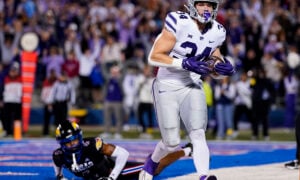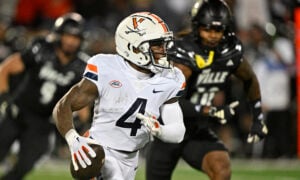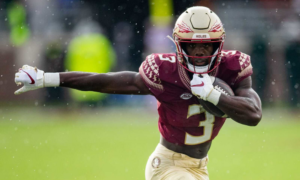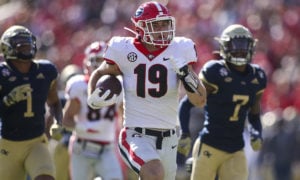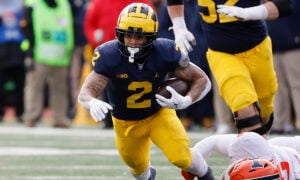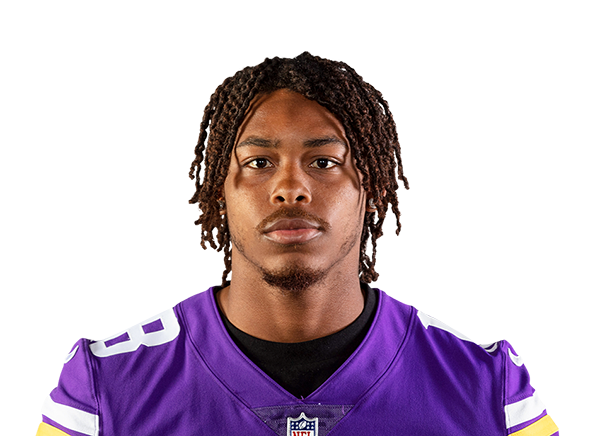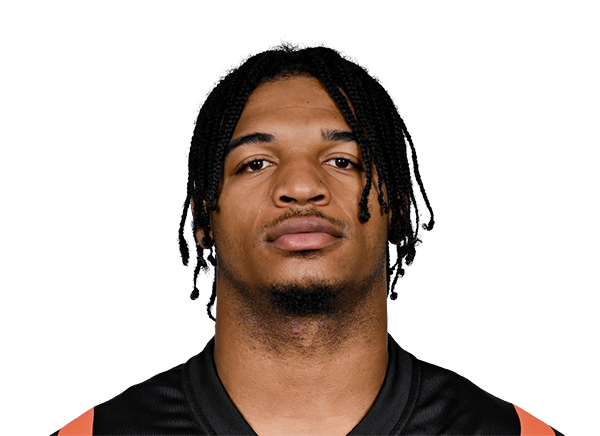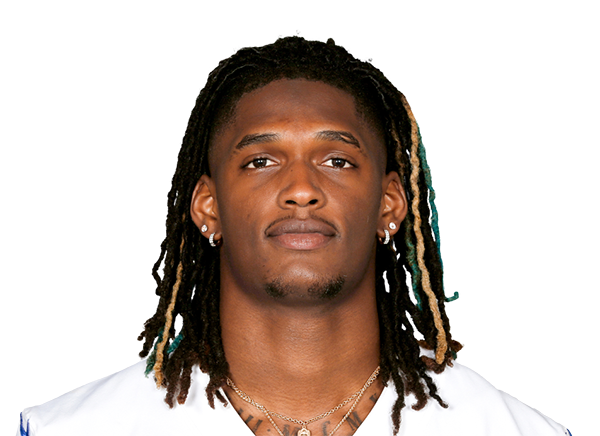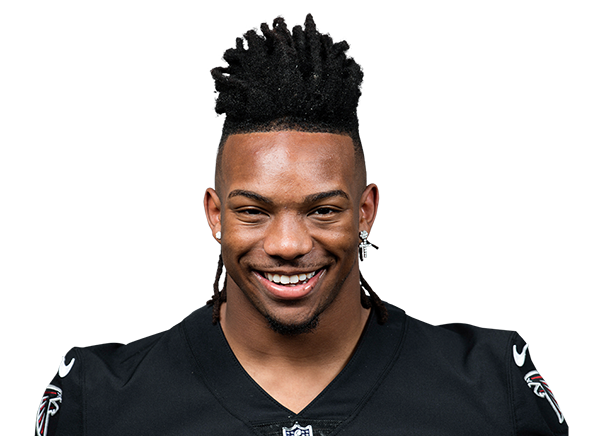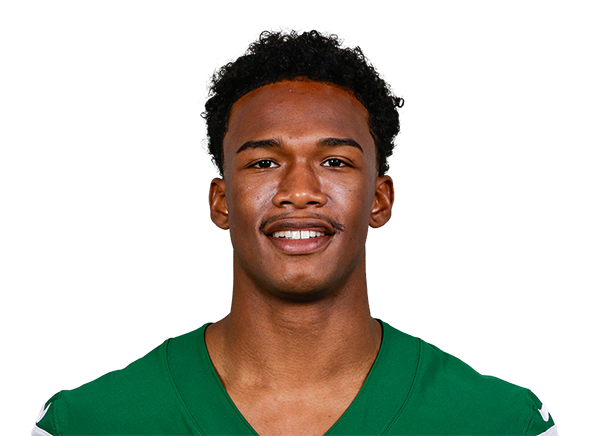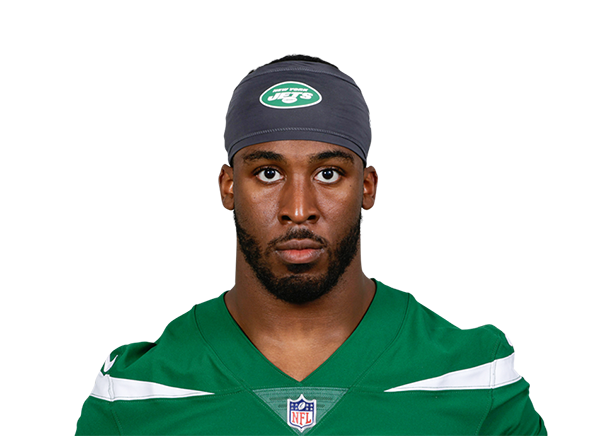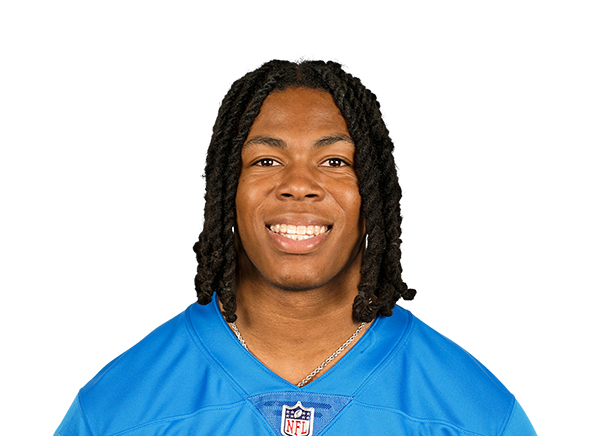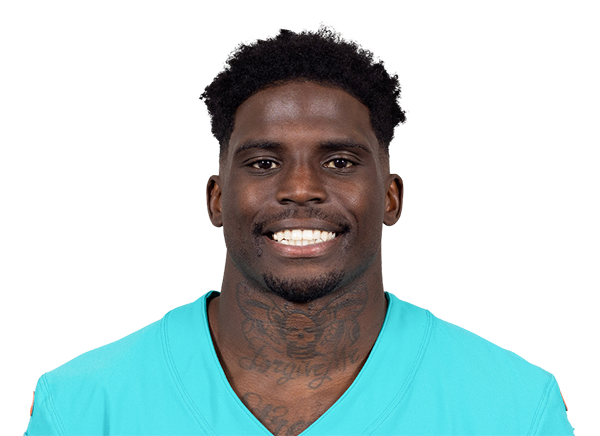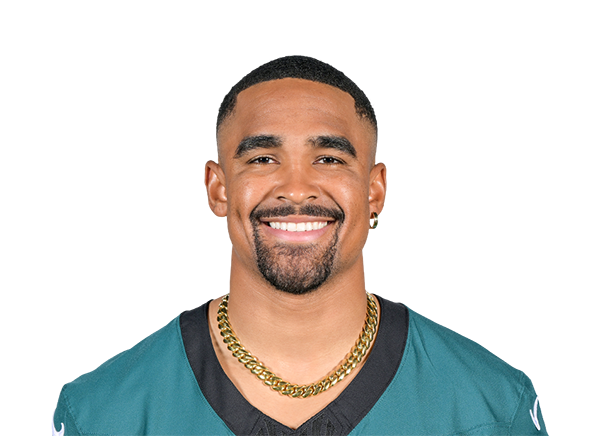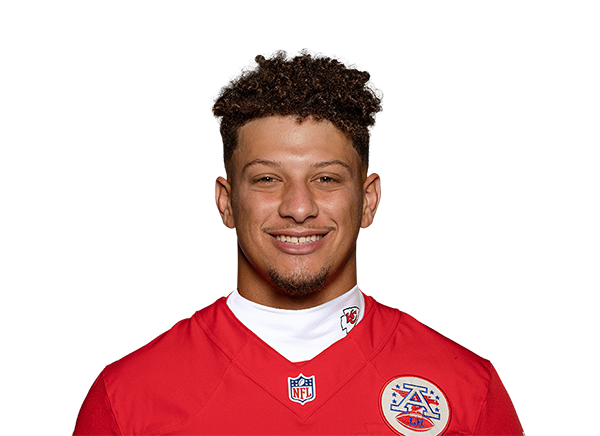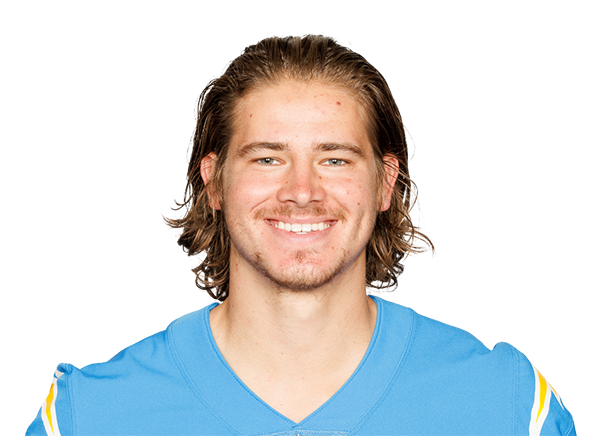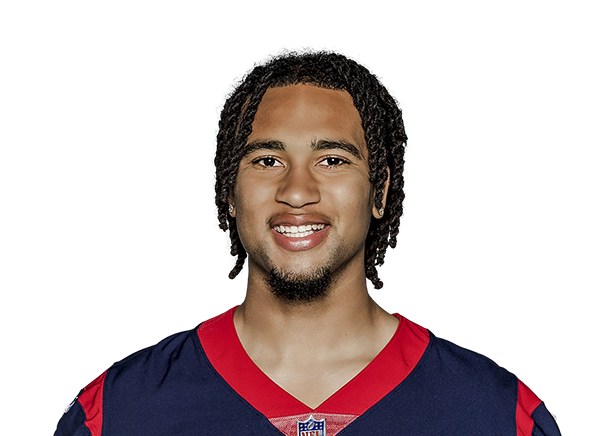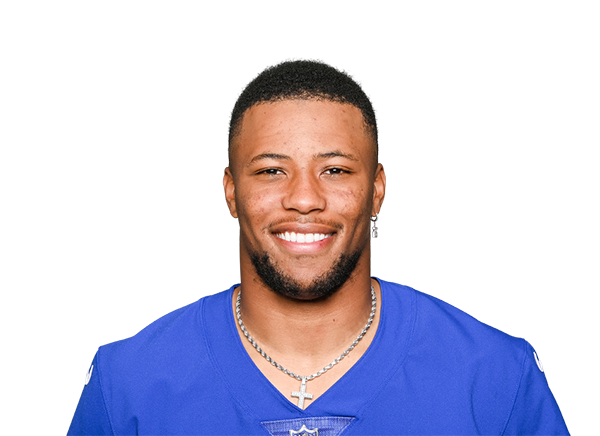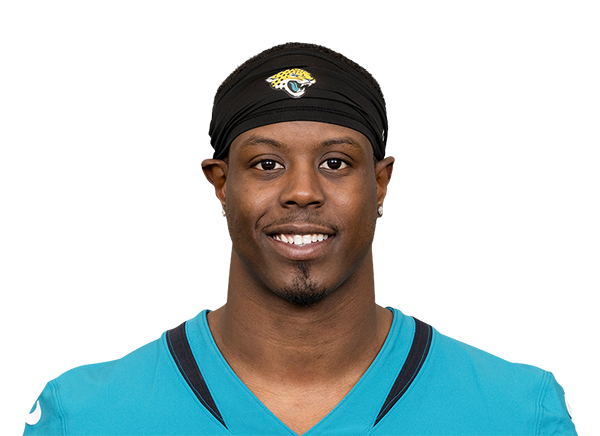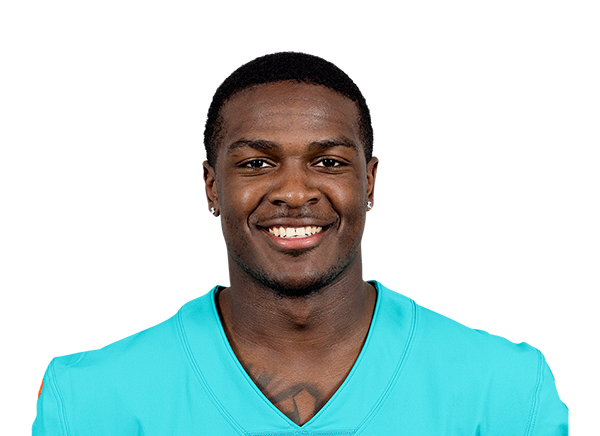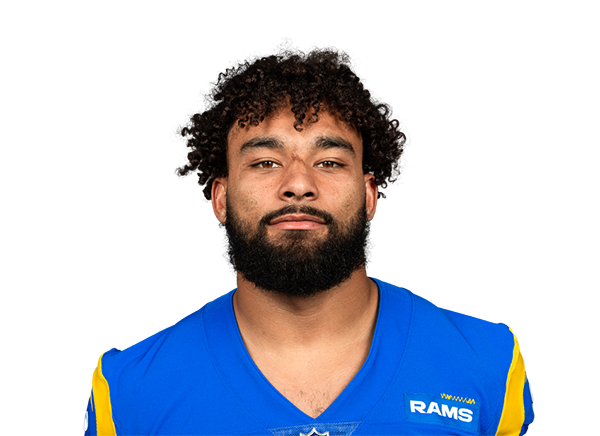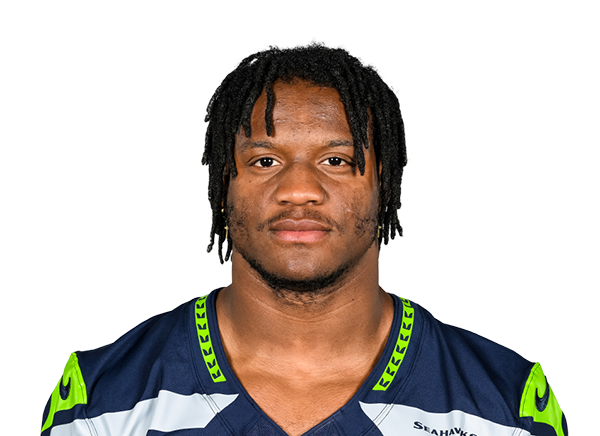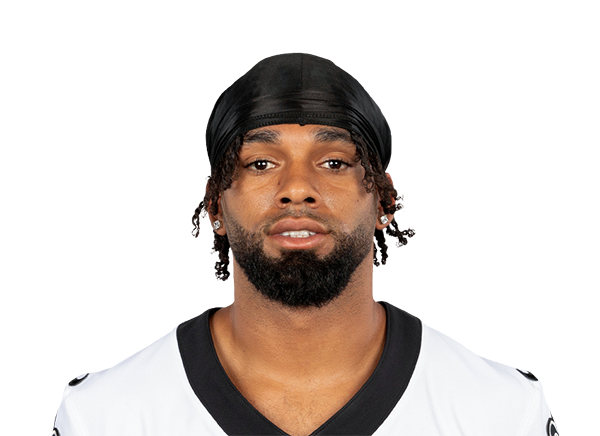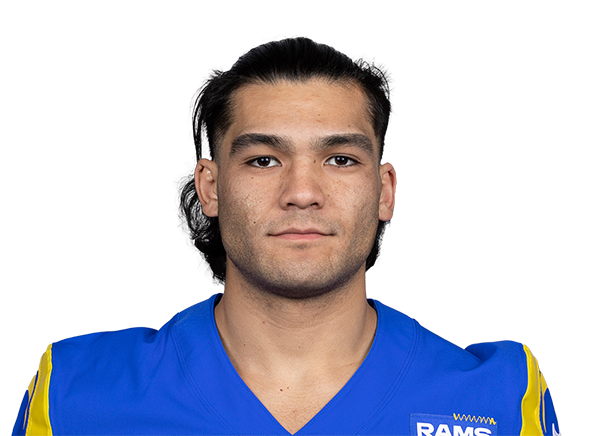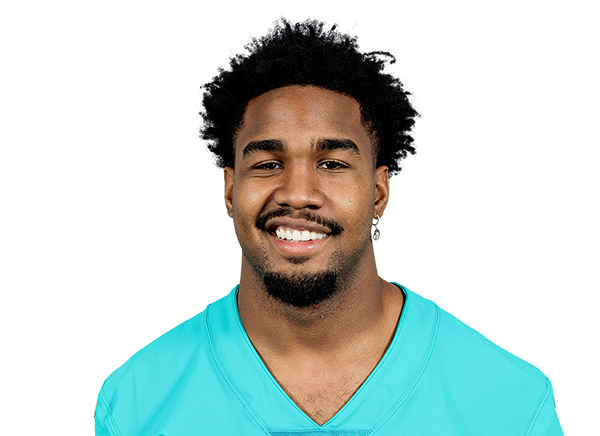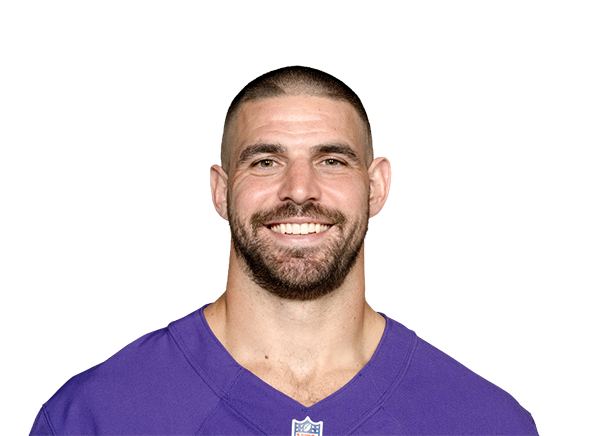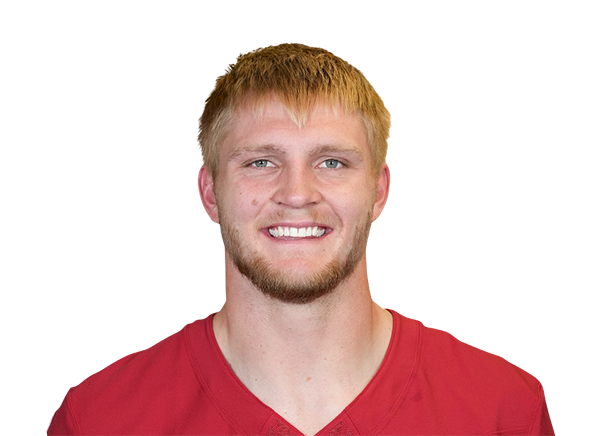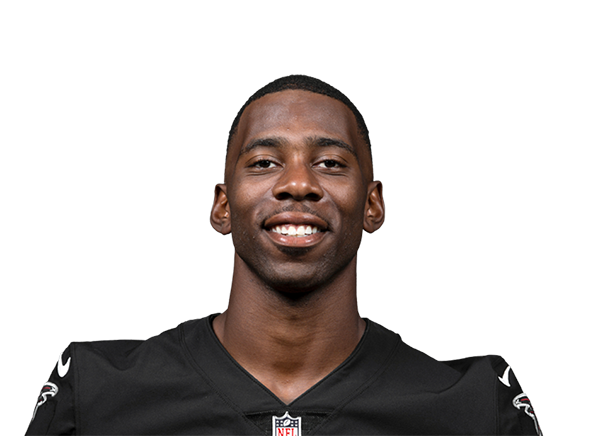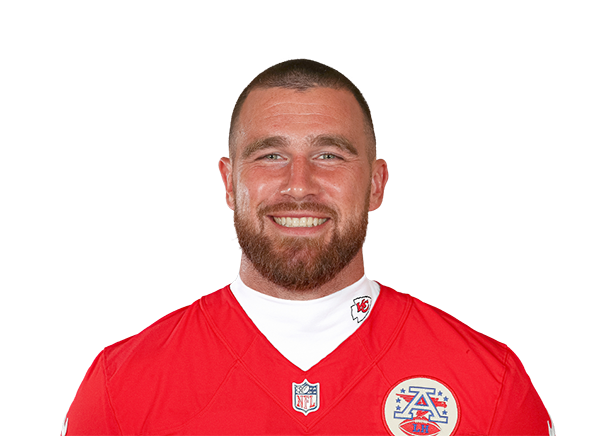DLF Quarterly Clinic: Third Quarter
The DLF Quarterly Clinic is where our writer, Jeremy Schwob, takes you through dynasty issues experienced by DLF staff during the four sections of the season. He highlights psychological undertones, reflections, and questions to consider for the next quarter of the season.
Walk-in Clinic
What dynasty difficulties are you encountering recently? This may include player expectations, value shifts, roster construction, trade considerations, depth chart changes, injury impacts, and more.
DLF staffer: Eric Dickens (@ericdickens)
“It’s the time of year I always struggle with… right before the trade deadline in some leagues (or just a little bit before the playoffs). I worry my contending teams might not have enough firepower, but I also don’t want to mortgage my future unless it makes enough of a difference. For example, I know trading a young player for a guy like Adam Thielen is a bad move from a value perspective based on their expected ADP next year, but it could be the difference between a championship and getting bounced from the playoffs.”
Therapist notes: always struggle, I worry, enough, I know, expected ADP
DLF staffer: Levi Chappell (@LeviChappell)
“As a contender, do I go all in and trade my late 2021 picks at low value in hopes of a championship or hold onto the roster and picks I have to either draft/trade picks at peak value around the draft?”
Therapist notes: contender, all in, low/peak value
DLF staffer: Joe Sydlowskii (@JoeSydlowskiFF)
“I always have trouble making trades during these weeks for a few reasons. Even if my team is competing, I don’t like to trade for vets at the expense of youth or draft picks, trying to keep an eye on the future. It’s hard to see how much one more guy can push a team closer to a title that’s maybe first or second already. Also, if I wanted to trade away a pick, I should’ve done it earlier in the season to maximize the benefit of the player I’m getting back. This all leads to a feeling like I should be doing more to win a championship but now I’m just standing still.”
Therapist notes: always, don’t like, should’ve done earlier, standing still
Analysis
Timing on Value
There seems to be a consistent theme amongst those coming into the DLF Clinic this quarter: the intersection of value and the playoff push. Broadly, I think we see these touch points at various times throughout the dynasty calendar. We see it at the beginning of the off-season (value > production), the draft (value > production), leading up to week 1 (possible production > value), and now leading up to the playoffs where production again is weighted heavily.
Now of course, that is incredibly simplified and not generalizable to every decision. There are also some who would always err on the side of value. Of course, I have mentioned protentional problems with the rigidity of that mentality with value being so nebulous. Though it is also important to note the intersectionality of these two variables as production factors into perceived value. So, what I would like to focus more on is that timing plays a vital role.
One of the DLF partners, Eric Dickens, commented on value decisions in trades as the playoffs approach. He specifically considered discomfort of a future ADP loss when acquiring a win-now piece for the title run. This can be quite dangerous to consider expected ADP, as in essence these are expected draft decisions that fluctuate throughout the off-season and are sometimes strictly determined by the time of year the draft (or mock draft) is occurring. Much else being equal, a veteran’s ADP may be much worse in March drafts than August drafts, just because of the youth-heavy focus. It’s an interesting dichotomy of a time when the player is actually ageing another five months but increases in ADP.
As I’ve said before, use ADP as one piece of the puzzle, but mainly to get an idea of where players may go in drafts. But leave it there. Don’t let that one, changing datapoint make you change your draft strategy completely, your dynasty valuation of a player, or your playoff push decisions. Certainly, enact caution if such a move radically changes your roster construction and future, but remember that we don’t actually win anything from perceived value gains. Those value “wins” create the semblance of comfort and feelings of success. Though, the only tangible successes are championships (and the winnings that come along with them).
Similarly to Eric’s deliberation, Levi considers the same with his late 2021 first-round draft pick. But first, a few notes here about the timing…
Levi can fairly accurately determine that it is late based on just another week left in the regular season. However, this could range from 1.07 to 1.12 depending on his finish in the coming weeks. Also, as the draft approaches, there is more attention and excitement on those entering the NFL. However, injuries, drafts slides, and poorly perceived landing spots all frequently happen, changing our view of the draft class. By draft time, that late first-round pick in what some may call a loaded draft class, may actually lose some of its luster.
I believe the most important aspect to consider is that while individuals are more eager to “pay more” as the draft approaches and during the draft, I again challenge whether that “more” is as important as we believe. For instance, during the draft, you may be able to receive an offer with another second-round draft pick added because of that “peak” time. Very simplistically, you would rather have that pick than not have it. But If you miss on that pick (which may be fairly expected based on his rates in the second round), then you didn’t actually receive more of anything. Remind yourself what you are receiving: more chances in a probability, expectations, and opinions game. More chances which are certainly important but are more nebulous and hopeful than factual.
Therapist notes (from above)
I would like to provide some comments on my therapist notes, that I usually leave for myself. A few in particular stand out to me, specifically: always struggle, I know, expected ADP, all in, should’ve done earlier, and standing still. Let’s dissect why I made these notations.
“always struggle, I know, expected ADP” – Eric
Annual difficulty at this time of year may indicate that there is something about the way you approach these decisions thrust upon you at the tail end of the dynasty regular season. Ask yourself if you encountered a similar dilemma at other points in the dynasty calendar if you would have as much difficulty or if you would change your decision. As noted above, maybe question what you are actually gaining with the decision and if it may feel more necessary in the moment than is needed.
The expectation of knowing absolute truths or even expectations of how others will draft is a slippery slope. Of course, we know nothing until it happens. We simply have projections and perceptions of those expectations.
“all in” – Levi
In therapy, we often try to point out the use of extreme language, because it is easier for the client to reject. What I mean by that is Levi’s use of “all in” as an idea sounds like a more drastic move. It may be easier to make yourself feel more comfortable “standing still” (see below) if you make it seem as though the only other alternative is to give up a significant amount and potentially jeopardize your roster’s future.
“should’ve done earlier, standing still” – Joe
Having the feeling of regret over having not done something earlier is a ruminative idea. When engaging with such phrases, not only is there bias in hindsight but it further assumes that the move you would have made worked out. There easily could have been a trade that resulted in you feeling even less prepared for your playoff and title push. This also plays into the second note related to not making a move.
Regarding standing still, it is important to view every move as a decision. Therefore, even standing still isn’t doing nothing, even if it feels that way. It is a decision to not make moves and avoid giving in to trading and tinkering in an attempt to find more comfort. Sometimes you’re in the best shape to just remain with your current plan.
Additional observations
Spotlight Performances
Many have talked about the influence of something like vividness bias, which basically discusses that a more salient (or importance to an individual) emphasis occurs when a performance is watched, often in real-time. This can be especially true or impactful for island games that are separated from the rest of a slate. Cognitively, the influence extends far beyond that visual experience of watching a game. I’m not even convinced that performances need to be viewed by the individual dynasty manager to feel the effects of this spotlight, which I’ll explain below.
During digestion of the gluttonous intake of delicious items from the Thanksgiving cornucopia, most witnessed the official change in the calendar as we turned to Antonio GibSZN. What came afterward that evening, the following few days, and even through the rest of the games into the next week, was that Gibson remained the main topic of discussion in the dynasty community. Regardless of whether you watched him shred the hapless Dallas defense, his spotlight performance was unavoidable.
This led to many wanting to or feeling the need to adjust their rankings or in my case keep him as high as he already was in my DLF rankings (i.e., on the moon). This also led to a significant amount of victory lapping (see my previous sentence that was artfully delivered before this one…) and timestamp quoting. While your valuation of Gibson at the time of this performance certainly plays into the subsequent reaction (e.g., rankings pre-draft, post-draft, percentage rostered, etc.), one of the most interesting psychological aspects to consider related to such spotlight performances, are those that didn’t happen.
What if that performance occurred under the Thanksgiving slot for other rookies like Jonathan Taylor, D’Andre Swift, JK Dobbins, Cam Akers, Zach Moss, or Ke’Shawn Vaughn? How would your (or possibly the more influential source of the dynasty Twitter community’s) reactions have been different if each of these players had Gibson’s performance on turkey day? I encourage you to consider this question for each of these players, then consider and challenge your rationale honestly.
Buried Performances
There is also an under-discussed instance on the other side of this unequal reaction from a performance spectrum, in that some impressive displays go relatively unnoticed.
At the 1pm EST timeslot when there are typically seven other games occurring, followed by a wave of afternoon games, leading into the Sunday night and Monday Night games. Each of these provides the opportunity for overshadowing of the prior performances. Here are a few performances that occurred during the large, early wave of games during this quarter:
- Week 9: Olamide Zaccheaus (20.3)
- Week 10: Keelan Cole (21.7)
- Week 11: Damiere Byrd (26.3)
- Week 12: Latavius Murray (25.6)
- Week 13: TY Hilton (25.0)
I selected these under-the-radar performances for a variety of reasons which I will touch on here. Such performances may have been underappreciated because of the timeslot, as described above. There may also be less attention on the output produced here because these players aren’t as exciting as some others on their team or they simply aren’t in our lineups or those of our opponents. Further, because of the vital nature of the weeks this time of year, maybe because these players aren’t ones who helped or hurt leading up to the playoffs. So, if there is less impact on matchups or rankings related to these performances, why should we care?
Well, let’s consider if these performances were attached to teammate’s names like Calvin Ridley, DJ Chark, Jakobi Meyers, Alvin Kamara, or Michael Pittman. Even buried at this timeslot, similar performances from these names would likely have attracted more attention, discussion, movement in rankings, etc. I see that as problematic because it weights performances based on what we are excited or hopeful about seeing. This then receives additional emphasis, as well as more potential for biases in our cognitive processes of attention, interpretation, storage, retrieval, and eventual decision making when these performances occur in isolated timeslots.
Closing Thoughts
What is one attainable move you wish you had made earlier in the season (i.e., trade you were considering, blind bid or waiver claim, lineup decisions, etc.)? Were you considering it at the time?
On your quest for the playoffs, which performances (good or bad) stick out as impactful for your team? How will you prevent yourself from over-emphasizing this going forward?
Considering your playoff competitors, are there any common features on those teams? What can these teams teach you about what brought you there?
On your rosters where you did not make the playoffs, what major things held you back? What does this tell you about where your offseason priorities should be in the coming months?
- Optimisery: The Case For and Against David Montgomery in Detroit - August 14, 2023
- Optimisery: The Case For and Against Miles Sanders in Carolina - August 9, 2023
- Optimisery: The Case For and Against DJ Moore in Chicago - August 2, 2023





